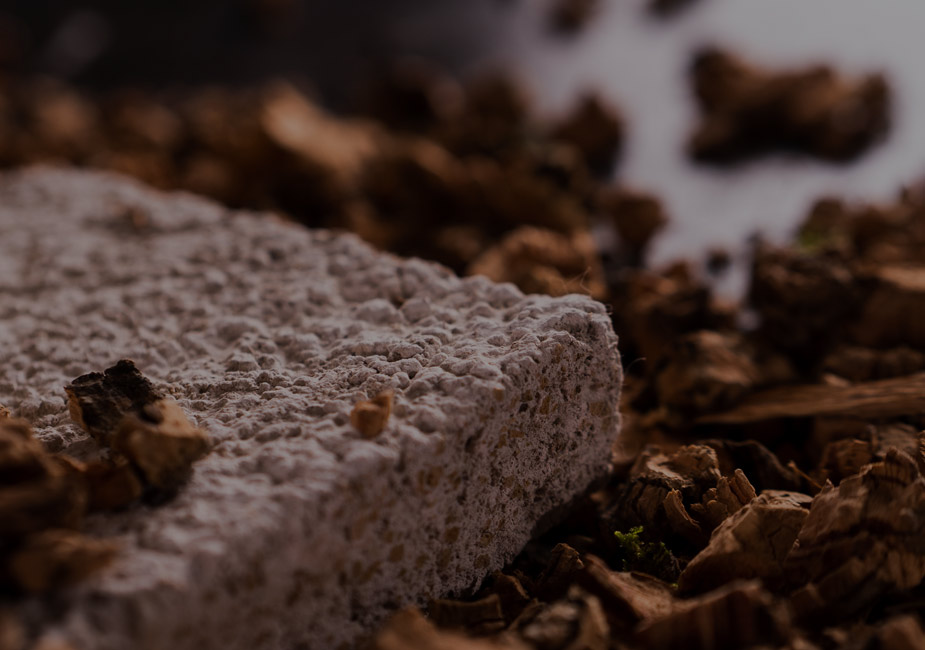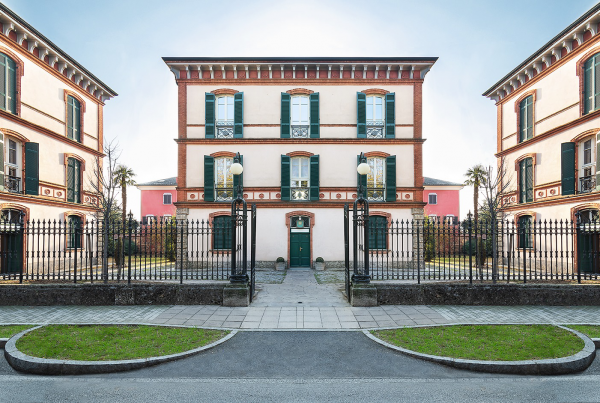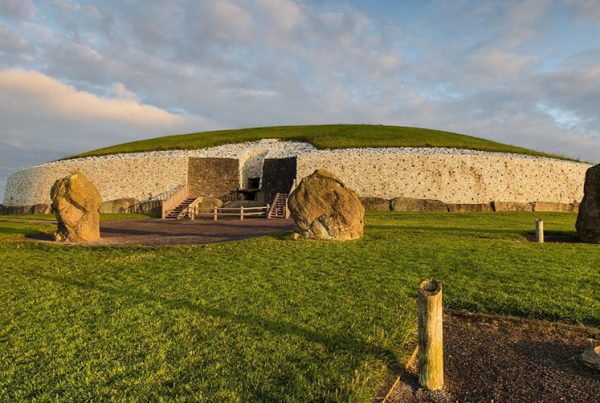Historic building restoration
Royal Palace Évora Portugal
Restoration of historical buildings:
The added value by Diasen
The historic building restoration of the Royal Palace in Évora, Portugal is the first architectural restoration project of cultural heritage that Diasen has carried out with its ecological and sustainable solutions. To have contributed to restore the historical building of one of the most iconic city centres in Europe is a double reason of pride: first of all because it perfectly represents our mission&vision, that is to contribute to enhance the good and the beauty of mediterranean way of building. Moreover, the functionality of Diasen products offered the perfect solution to the criticalities and problems that designers had to face: heterogeneous substrates (such as stone, marble, wood, old plaster), curved surfaces (all Diasen solutions can be applied avoiding joints and grouting, thus allowing the creation of a homogeneous and continuous surface), living comfort and air quality guaranteed by ecological formulations that perfectly match traditional materials.
Time of realization: 4 years (the project was divided into several phases)
Location: Évora, Portugal
Thermicity
λ = 0,045
Transmittance provides year-round insulation against heat and cold in indoor spaces
Porosity
71,64%
Macroporous structure to absorb and dispose of moisture and condensation in saline environments
Reaction to fire
CLASS A1
Class A1 according to UNI EN ISO 13501-1. No flame generation and no smoke emission
Download the documents
Download all technical details of the solutions used in this renovation of historical building project.
Technical insights
The restoration of the historical building in Évora is one of the most beautiful and iconic project of Diasen. Thanks its solution such as the cork and lime based ecological mortar Diathonite Evolution, was possible to apply the product on the complex geometries of the surfaces of the Manueline architectural language, and guarantees excellent performance for the absorption and solve the problem related to release of humidity in the masonry.
In addition, the sound-absorbing ecological plaster Diathonite Acoustix based on cork and lime-based was applied to the interior patio vaults to improve acoustic comfort. The product cycle was concluded by applying the lime-based skim coatings Argatherm (grain size 0 – 0.6 mm) and Argacem Ultrafine (grain size 0 – 0.1 mm), and then concluded with the lime-based paint Limepaint.
Used products
Below is a focus on the individual solutions used to carry out the restoration of the historic building in Évora. Together, the solutions form the winning product system to rehabilitate the structure and give it its former glory.

Diathonite Evolution
Ecological plaster based on cork and lime, breathable and therm-insulating both against heat and cold

Diathonite Acoustix
Sound-absorbing and breathable ecological plaster based on cork and lime

Argatherm
Lime-based, ecological and breathable skimm coating for finishing the Diathonite plaster line. Grain size: 0-0.6 mm

Argacem Ultrafine
Lime-based skimm coating for finishing the Diathonite plasters and having a perfectly smooth surface. Grain size: 0-0.1 mm

Limepaint
Highly covering and breathable lime-based paint for interior. Regulate the hygrometric balance of interior spaces
How to apply Diathonite Acoustix
Find out how Diathonite Acoustix ecological mortar was applied and how it was possible to create a homogenous, seamless surface.
The historic building restoration
The restoration of historic buildings is the challenge to preserve the cultural heritage for future generations. The restoration of historic buildings, be it restoration of monumental buildings or renovation of smaller properties, must represent not only an urban redevelopment need, but also the preservation and reconstruction of the identity and culture of a place. This is why work on existing architecture is a profoundly important issue with regard to the building and infrastructure heritage: there is much more to our buildings than building materials.
Not only language and architectural style, but also cultural heritage. Historic buildings provide us with a physical connection to our past. Valuable landmarks that keep our history alive in towns and cities. Therefore, the challenge becomes preserving heritage and making it relevant and meaningful for generations to come. The challenge, however, is not only to maintain them, but also to save the message they carry, telling the story of the area.












